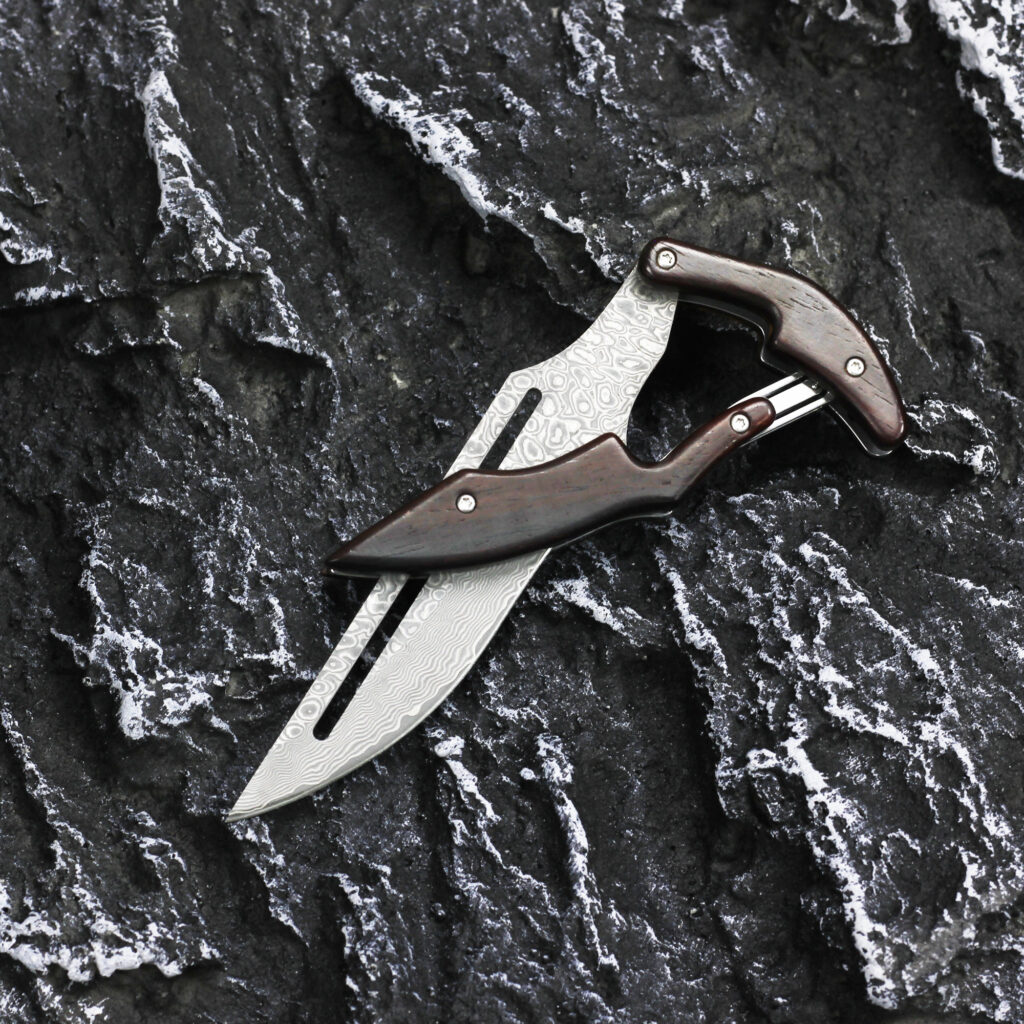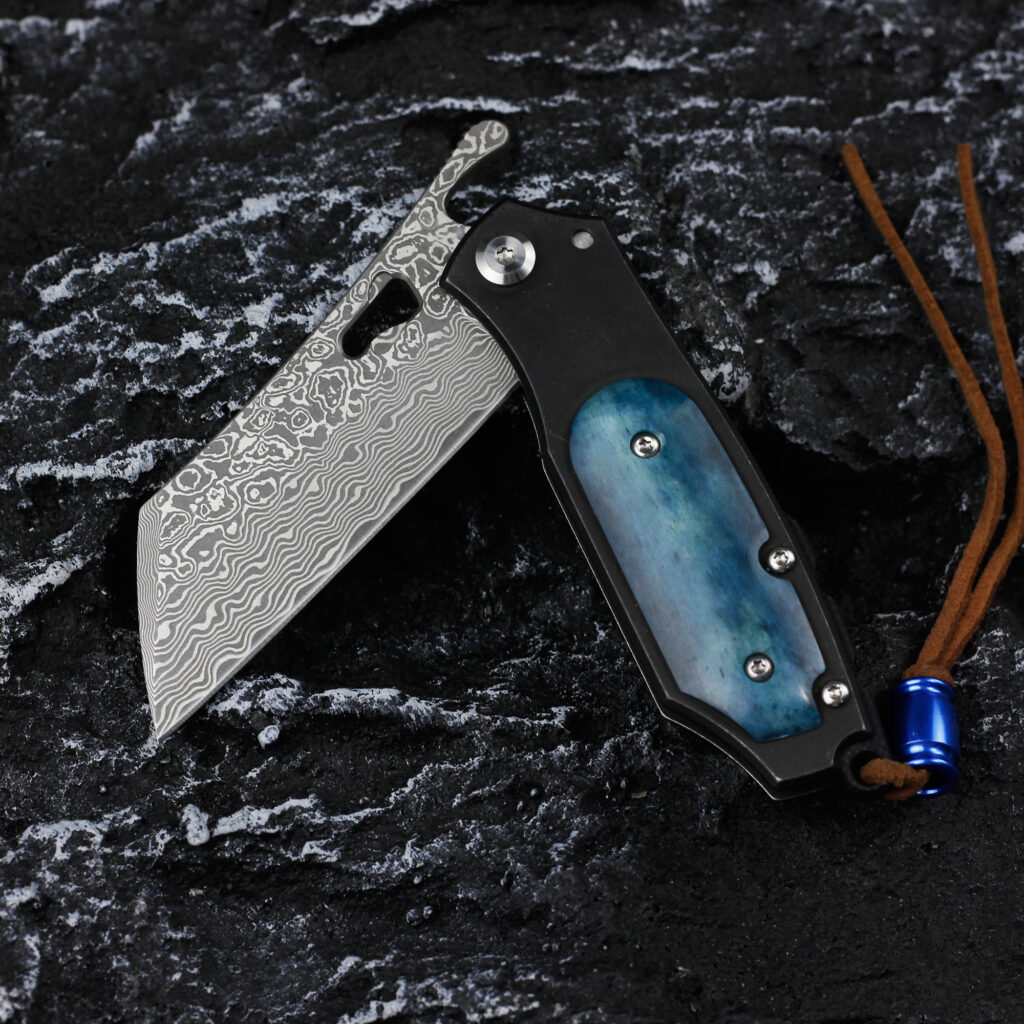Someone once asked an interesting question, “Why do you want to fold a knife into a folding knife?” In fact, the biggest advantage of a folding knife is that you can put a big knife in your pocket after folding it!
There is a clear difference between folding knives and fixed knives: the blade of a folding knife can be retracted into the handle, while a fixed knife cannot.
From the tip to the keel, fixed knives are generally made of a whole piece of metal.
They usually need a sheath to protect the user’s safety, while folding knives do not.
The advantages of folding knives are as follows
Folding knives are the main tools of outdoor enthusiasts, outdoor workers, workers, field technicians, and many other people who need EDC knives. Because the blade of a folding knife can be safely folded into the handle, it looks more reliable.
The reasons are as follows:
- Folding knives are usually smaller than fixed knives.
The blade of a folding knife can be retracted into the handle, which can make itself smaller in size, so it is easier to store and hide.
- It takes up less space
Similar to the previous point, folding knives are usually easier to carry.
Folding knives take up little space, so they can be placed in pockets, backpacks, wallets, or other equipment.
- Portability
Small size means easy to carry, so folding knives are very portable. Folding knives can be placed in pockets with items such as car keys, wallets, and mobile phones. In daily use or outdoor use, folding knives take up little space in equipment bags and can also make room for other equipment.
- Sturdiness:
Advances in modern knife-making technology have made folding knives more robust. Straight knives were once considered safer and more robust by knife lovers, but folding knives have now broken this impression. These folding knives are no longer prone to breakage.
Today, let’s talk about the four common locking methods of folding knives.
Liner lock
Also translated as line lock. Basically, it is a flexible liner fixed inside the handle. When the blade is opened, the liner bounces inward to hold the blade and prevent it from folding back.

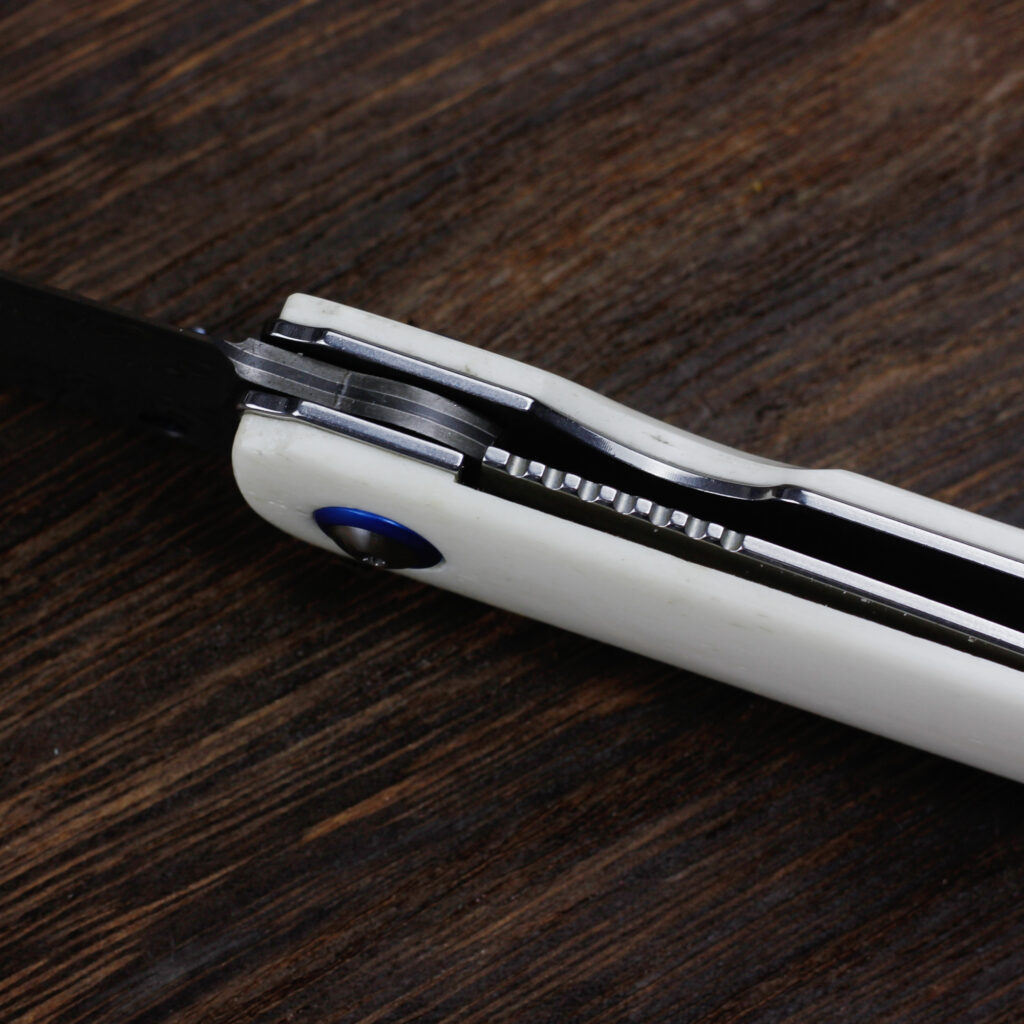
This is the most common locking device for folding knives. It is simple and easy to unlock. Many low-end folding knives and some high-end folding knives use this device.

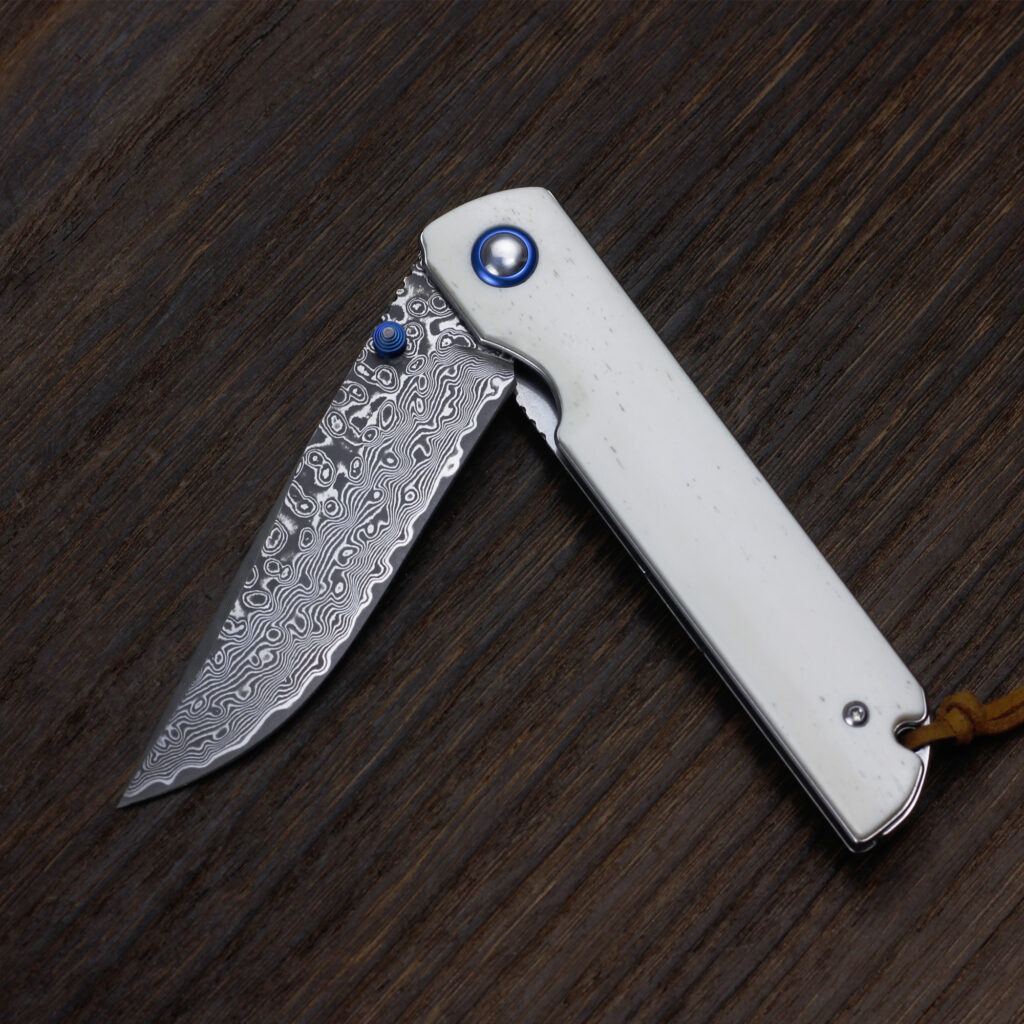
Frame lock
Also translated as integrated lock. It was invented by the founder of the knife brand Chris Reeve Knives. It is equivalent to combining the liner and the handle of the liner lock into one. Strictly speaking, it is a variant of the liner lock.

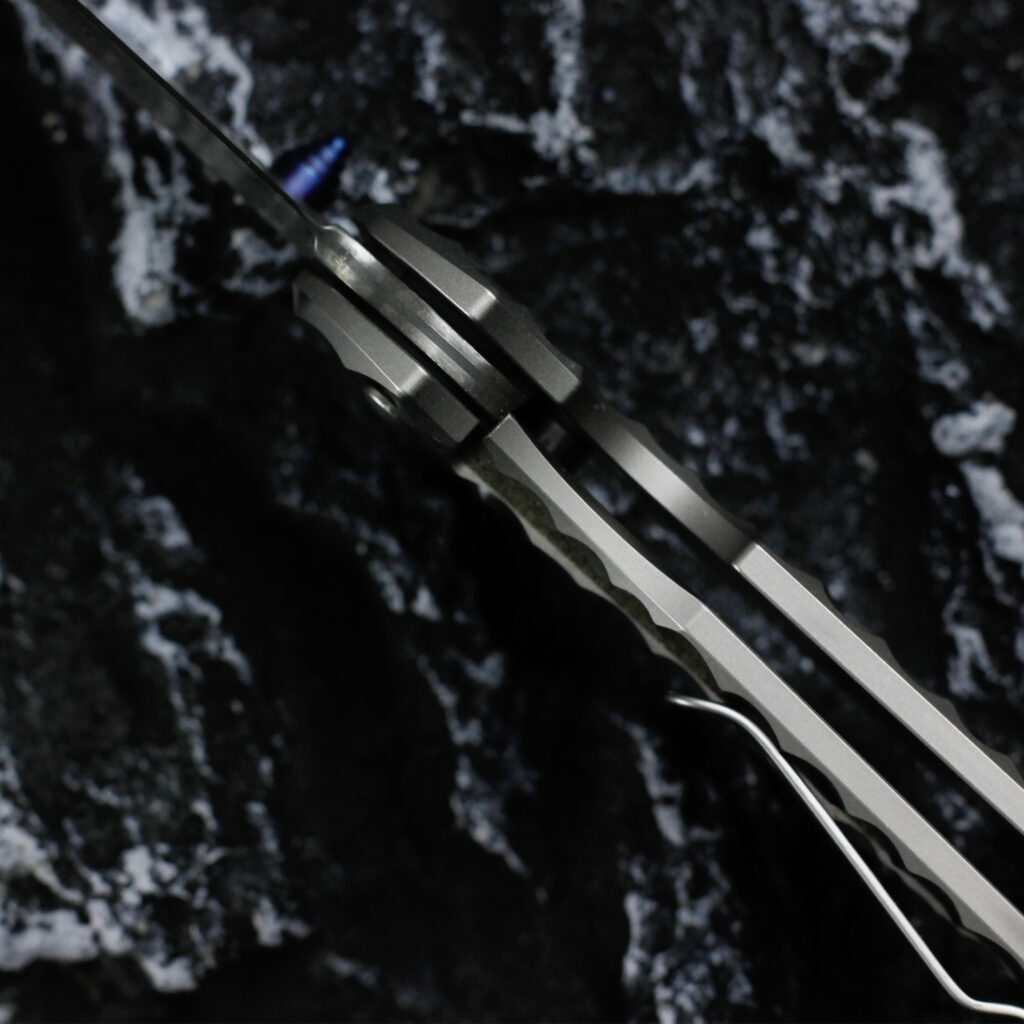
This lock retains the advantages of the liner lock, and the lining integrated with the handle increases the safety factor when the hand is gripped tightly. However, it is OK to use it on a utility knife, but it affects the grip feel of a tactical knife.
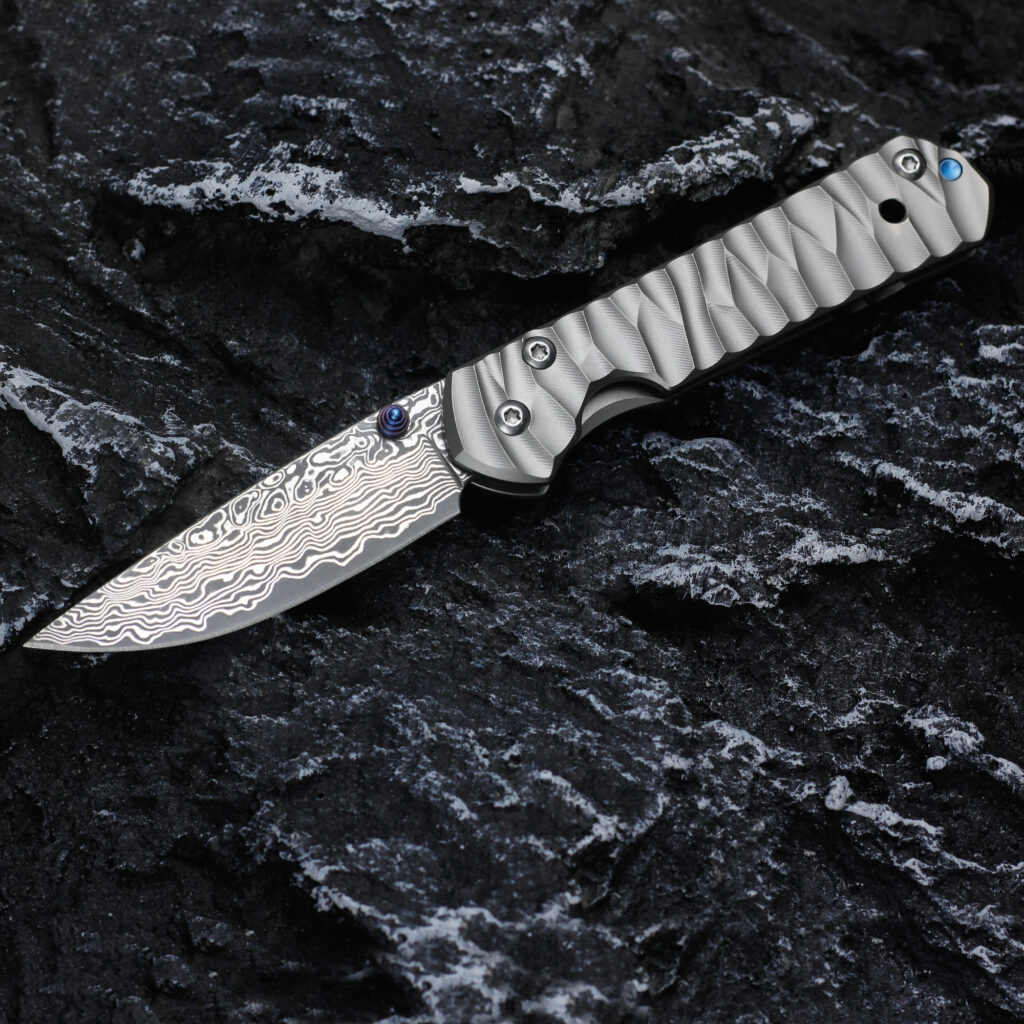

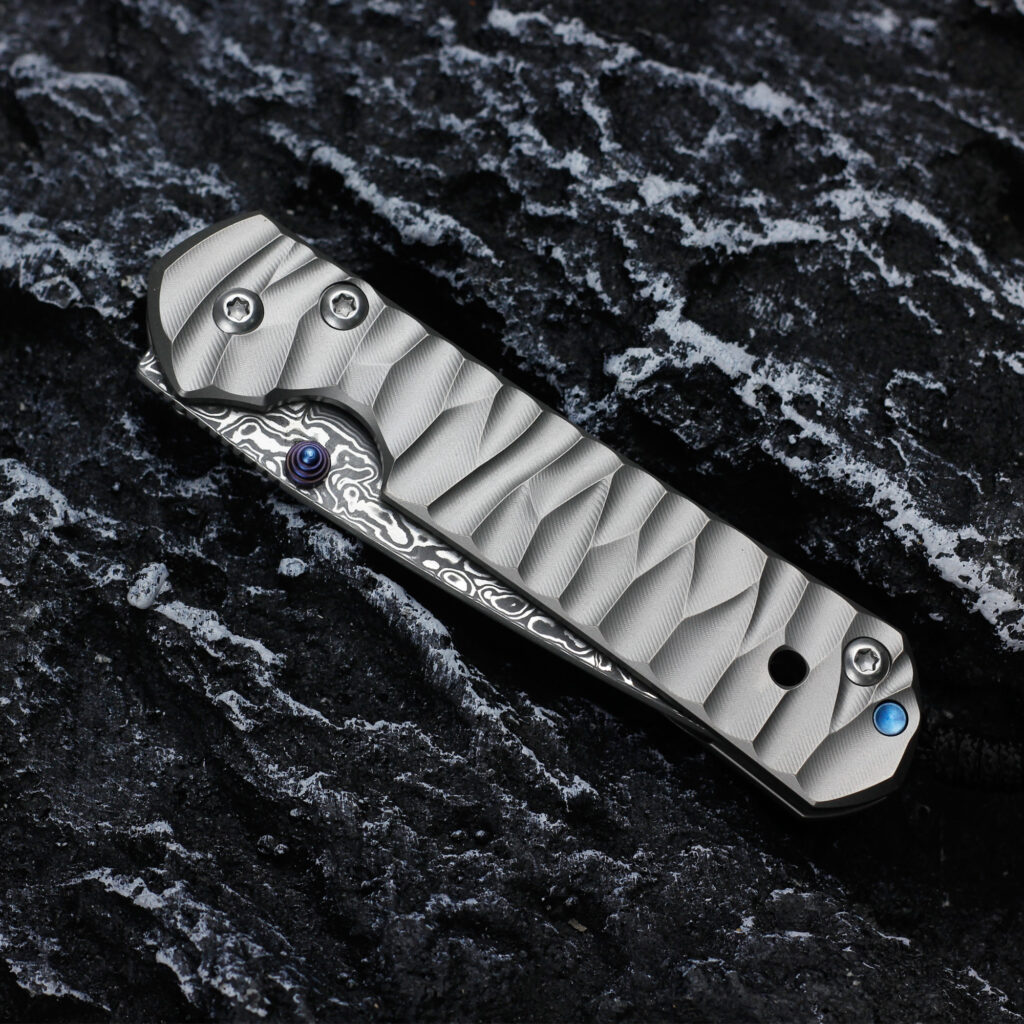
Back lock
It is said that the back lock is the earliest type of folding knife with a lock. It is light and easy to maintain. There is a hook-shaped lock supported by a spring on the back of the handle. When the blade is fully opened, it will hook the blade and prevent it from folding back.



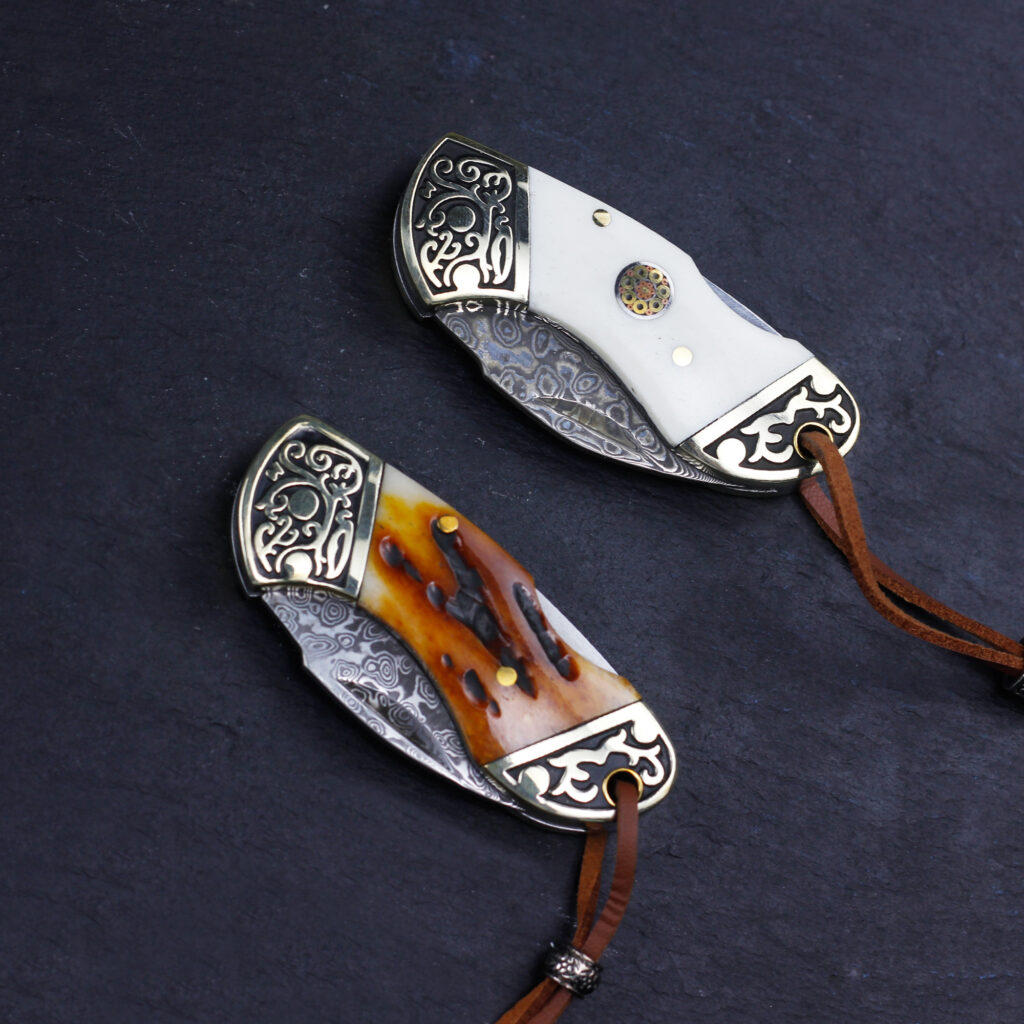
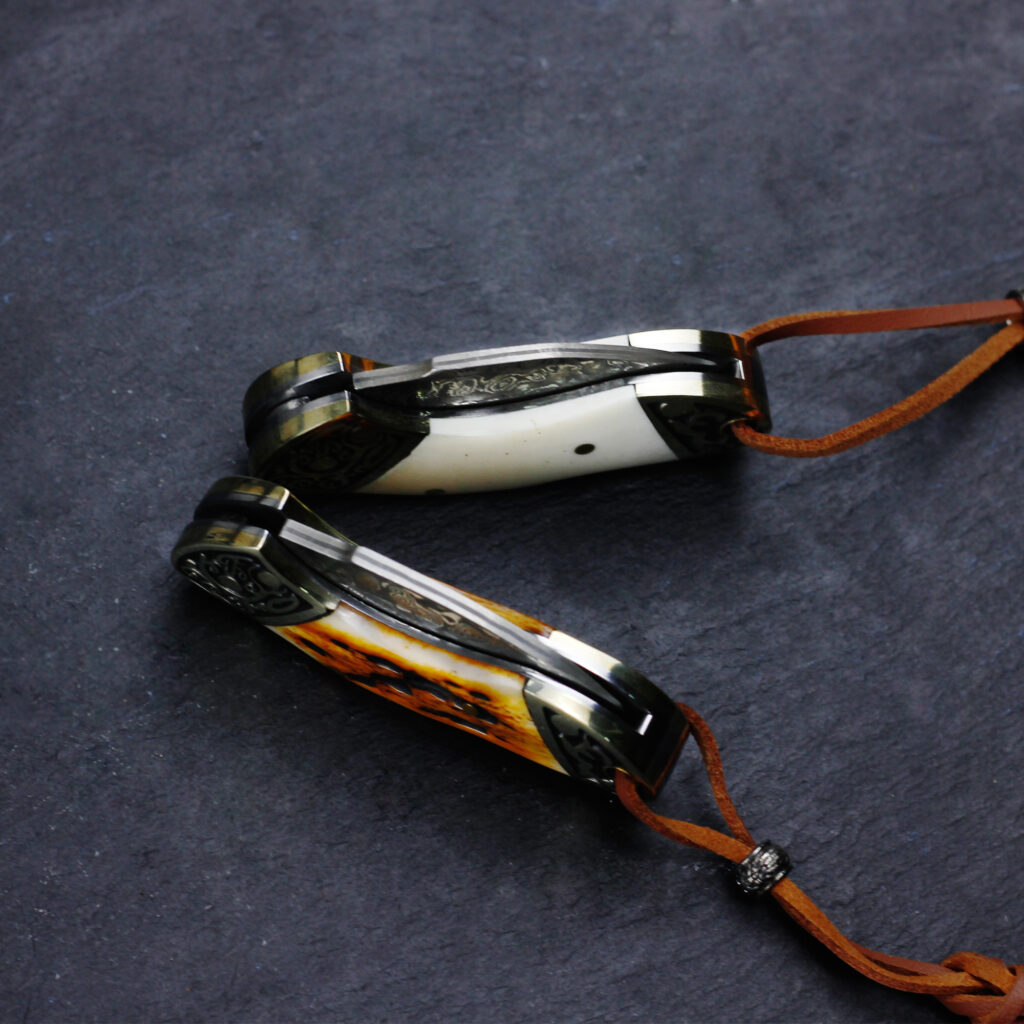
Axis lock
The blade is locked by the spindle, the stopper and the lock post. When the blade changes from closed to open, the axis lock post also slides due to the elastic force of the spring and finally locks in place.


This device looks simple, but it is actually quite complex and reliable. The disadvantage is that the shaft part is easy to accumulate dirt and is difficult to clean.

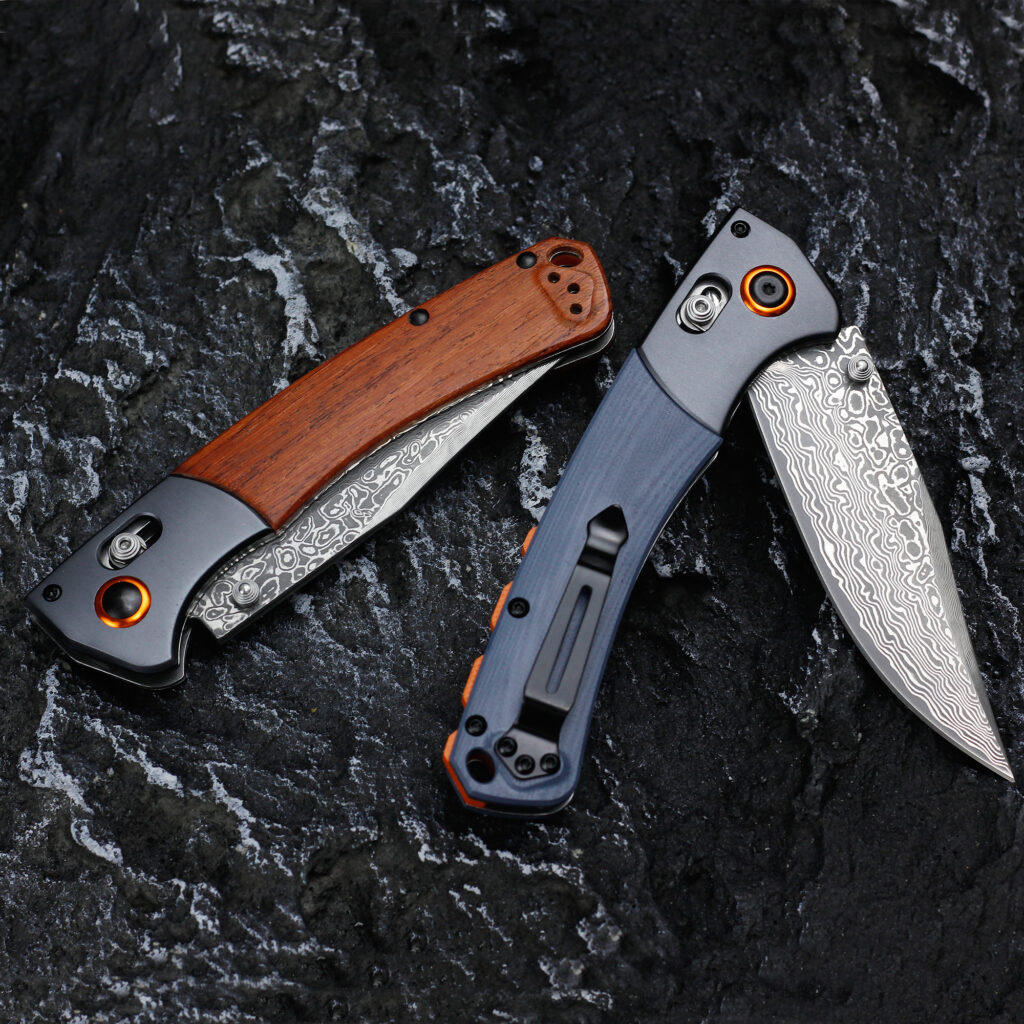
In addition to the above, there are many other ways to lock a folding knife, such as backline lock, ball lock, etc. There is no difference between good and bad locking, it mainly depends on the materials, design, craftsmanship and other aspects.
Other fantastic folding knife design we have:
